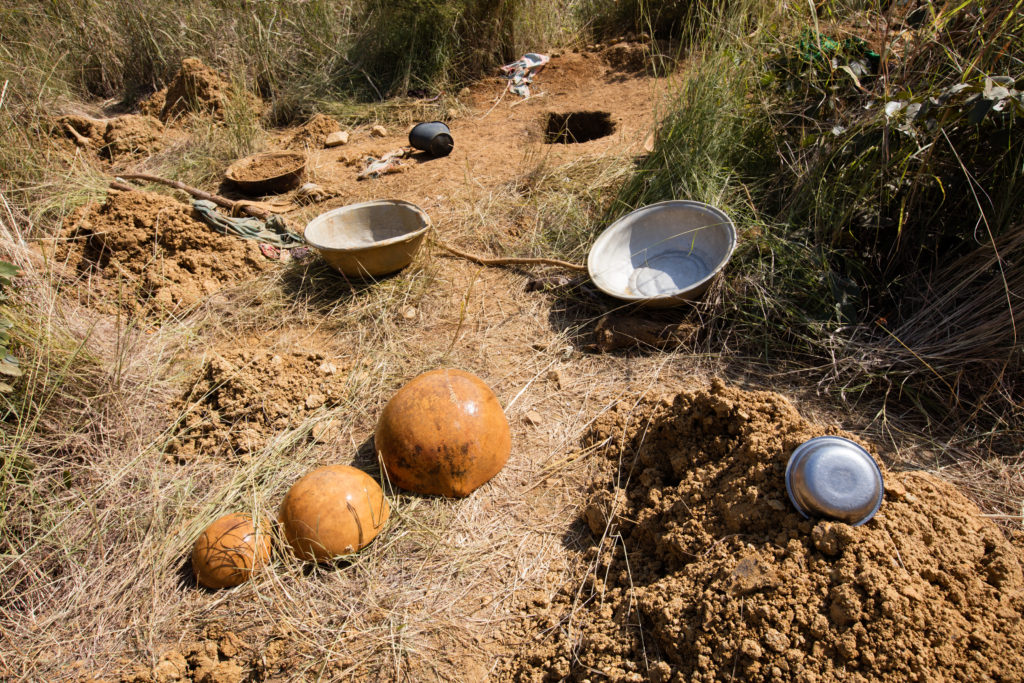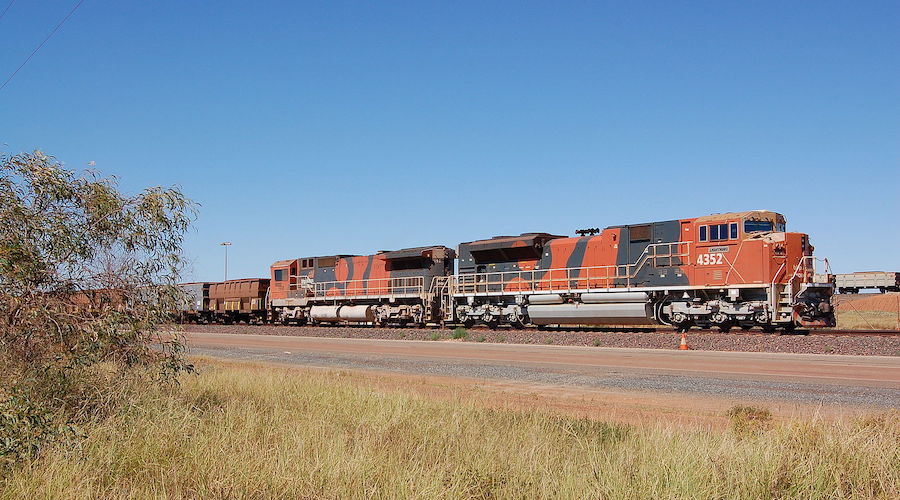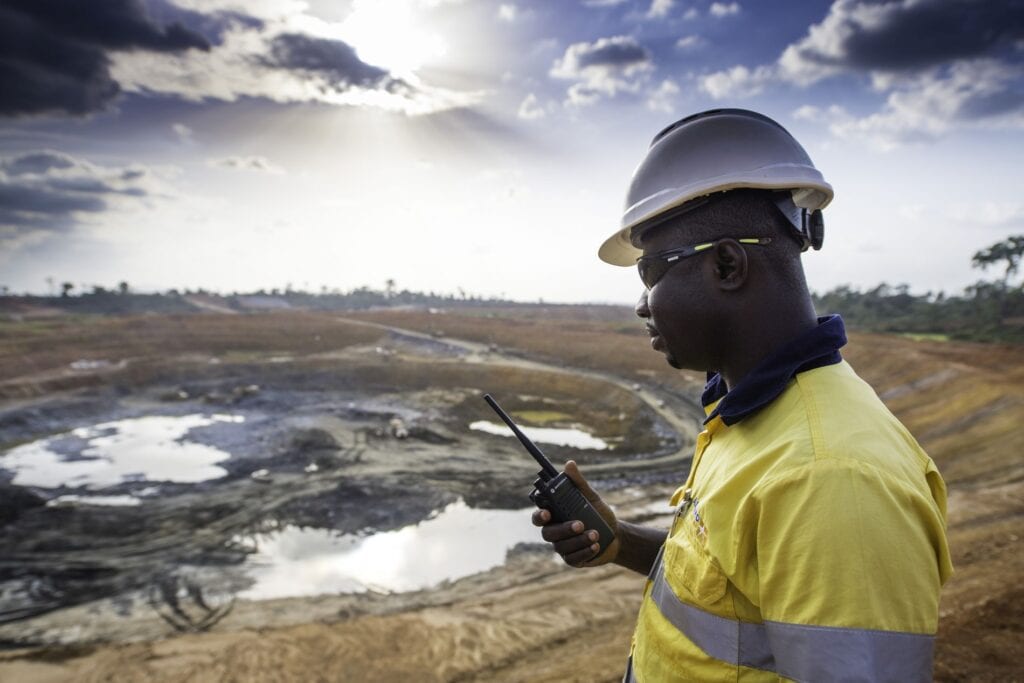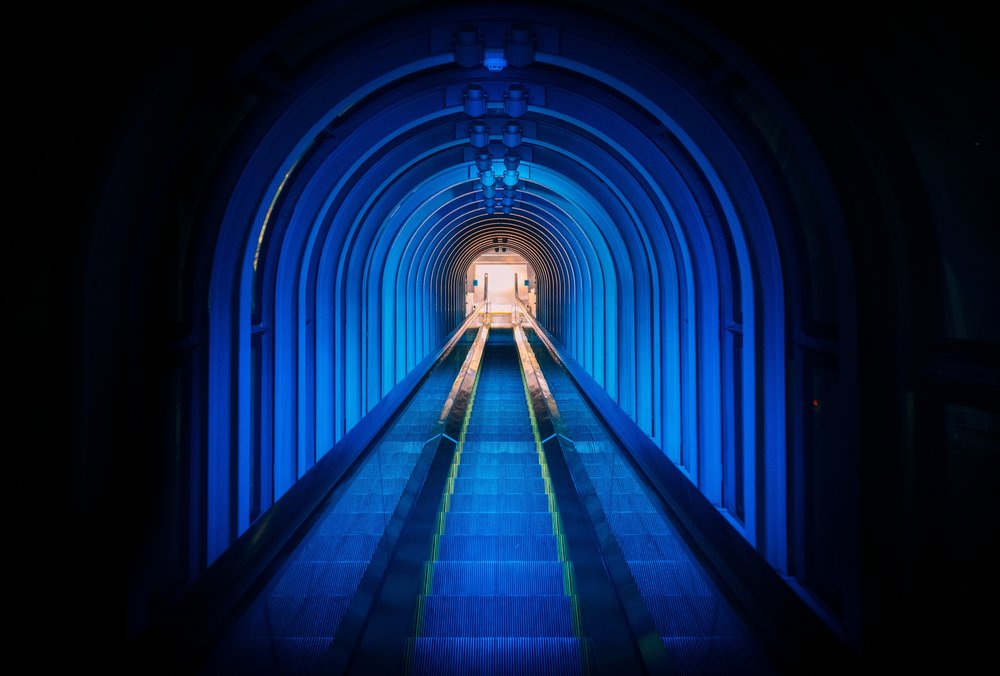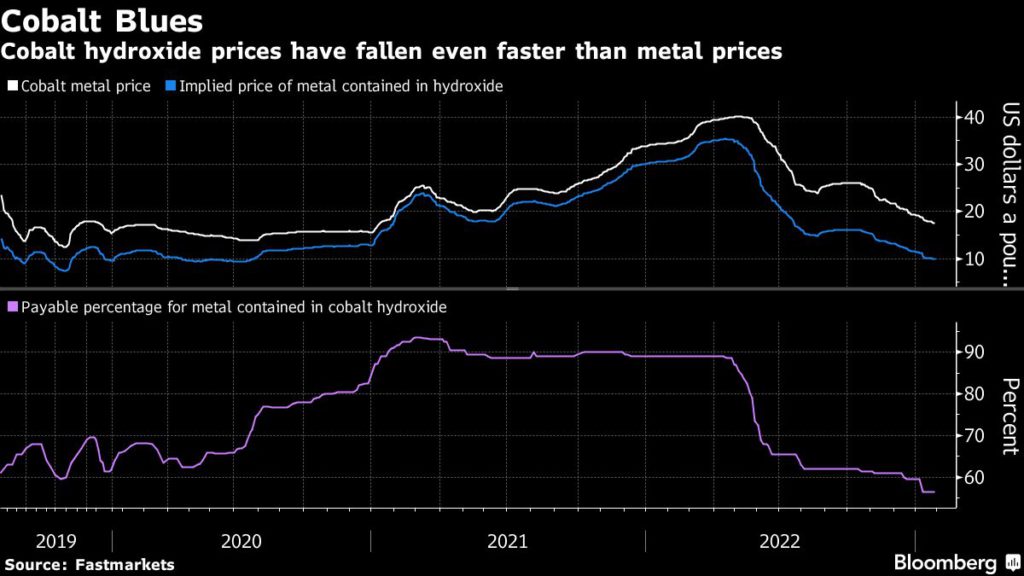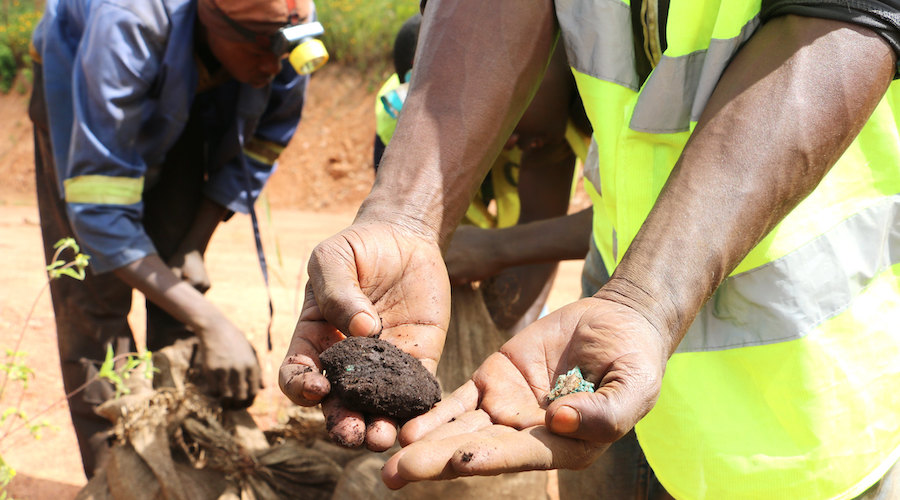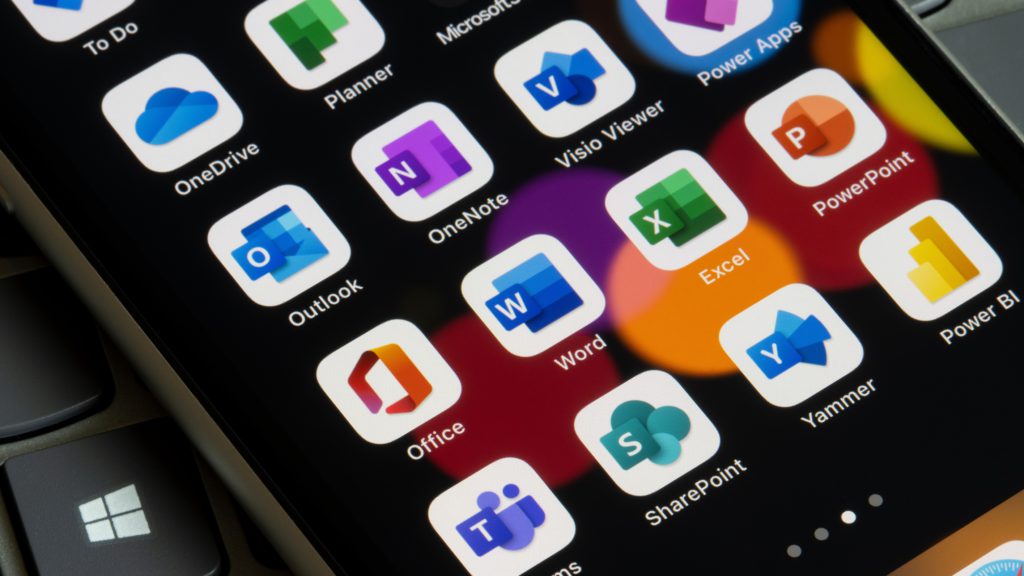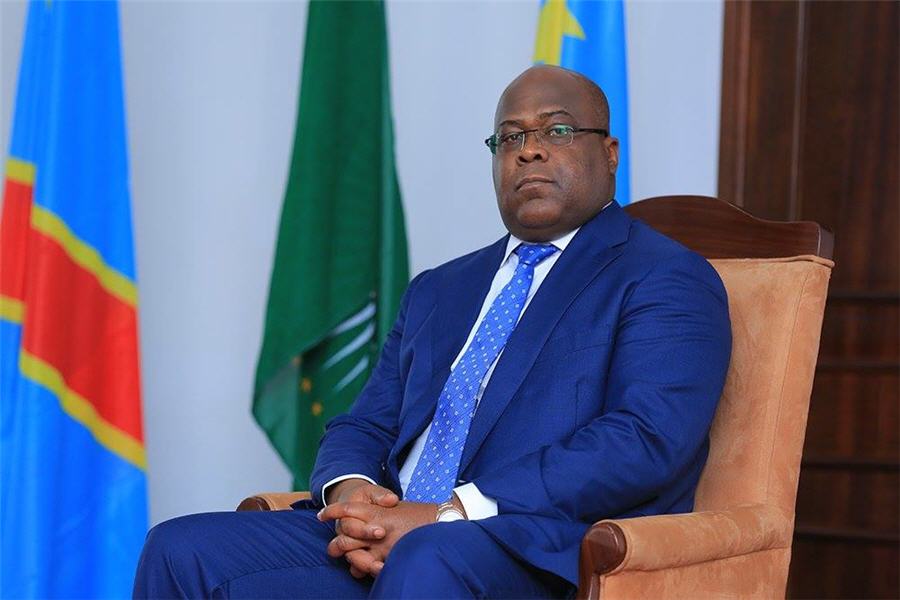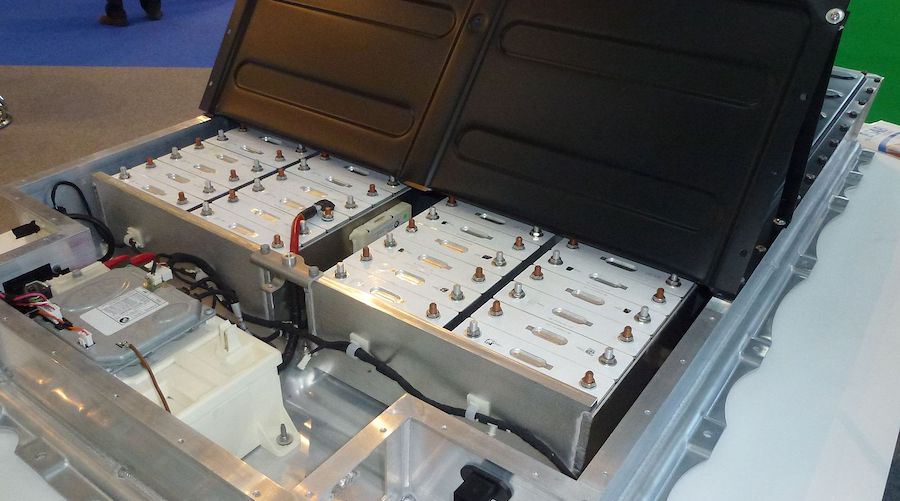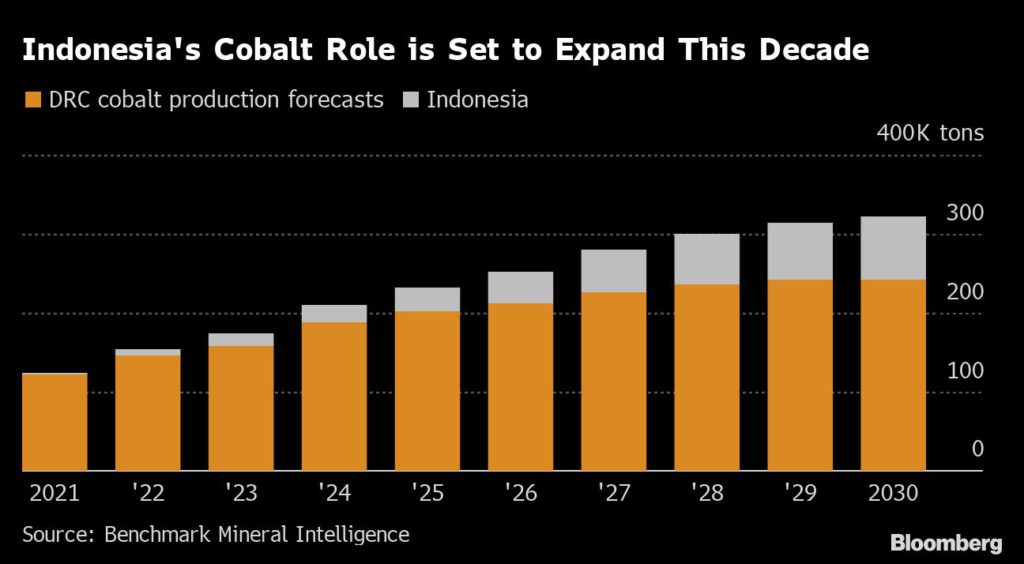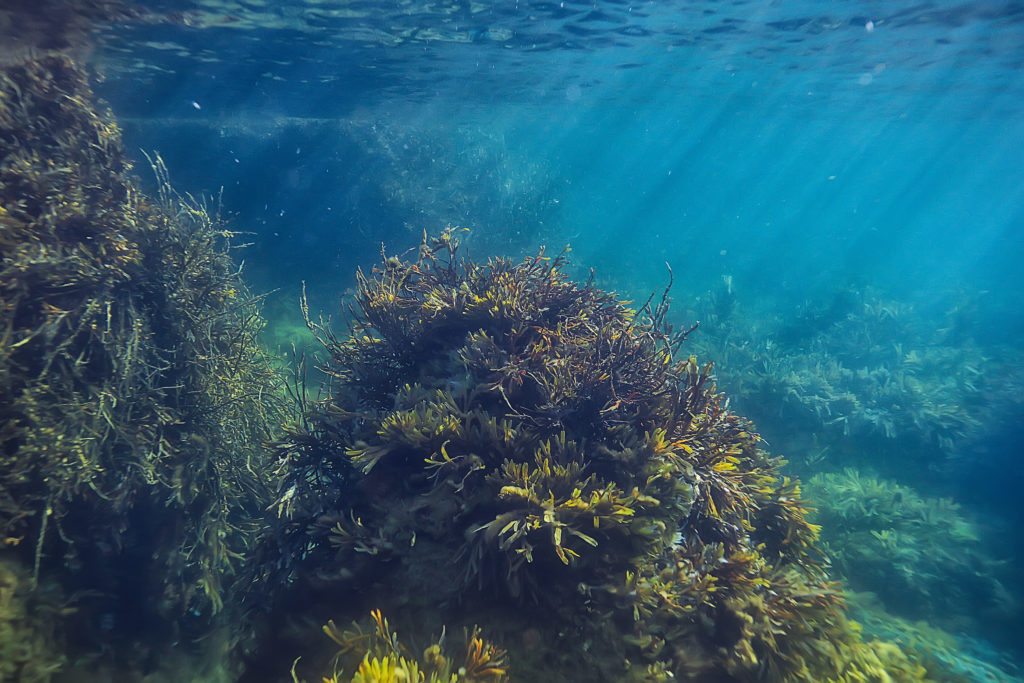SOUTH AFRICA
Anglo American CEO urges public-private fix to Transnet crisisReuters | February 6, 2023
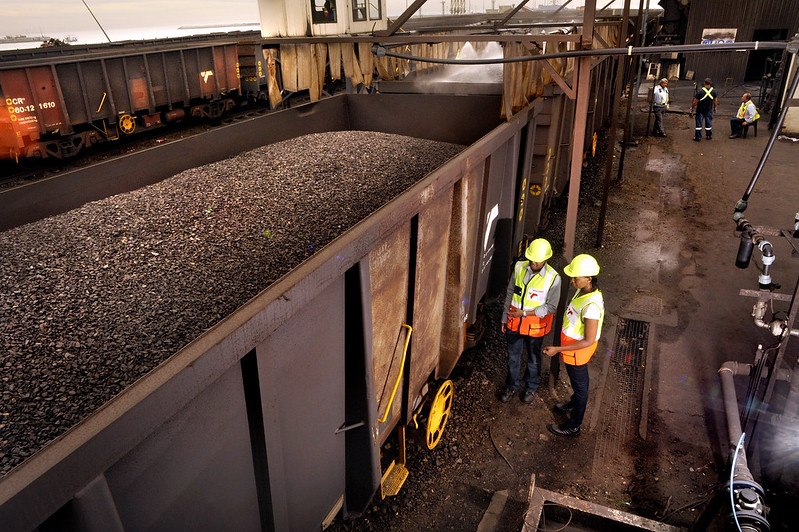
Credit: Transnet SOC Ltd.
Anglo American’s on Monday called for a public-private partnership to improve performance at South Africa’s state-owned rail and port firm Transnet, whose failure to meet demand has hampered miners’ ability to export their products.

“From our perspective, one of the best outcomes might be a public-private partnership that deals with the operation of the system differently from the ownership of the system,” Anglo American CEO Duncan Wanblad said in an interview on the sidelines of the Mining Indaba conference in Cape Town.
Transnet has been unable to meet demand for freight trains to transport iron ore, coal, and other commodities, as a strike and an increase in copper cable theft compounded long-standing maintenance problems and a shortage of locomotives.
Transnet did not immediately reply to a request for comment.
Inadequate freight rail services have cost exporters including Anglo’s unit Kumba Iron Ore millions of dollars. Kumba warned profit could fall by as much as 44% last year and cut production estimates for 2023 and 2024.
Africa’s most industrialized nation is also battling the worst power cuts on record by state-owned power utility Eskom, which meant precious metals unit Anglo American Platinum lost 3% of platinum group metals output last year.
“We would like an environment created by the government, underpinned by the policies and regulations of government, and a a committed partnership, not only with the government, but others to bring to bear an outcome that is to the benefit of everyone,” Wanblad said.
“The time it takes to get there and the fact that we find ourselves at the point of a crisis before it energizes everyone to come together … that is the frustration.”
Hunting for copper, cool on lithium
Global mining companies are hunting for minerals, including copper, needed to manufacture batteries, electric cars and renewable infrastructure that will help the world shift to a greener economy.
Anglo is working to finalize a deal agreed in May to take control of junior exploration company Arc Minerals’ copper-cobalt licences in Zambia, marking the miner’s first new investment in the country for 20 years.
“We’d very much like to, that’s going to be down to the commercial terms we can land at the end of the day,” Wanblad said, adding that Anglo was not in talks to invest in any other assets in Africa.
“There is nothing specific that is live at the moment but Africa is a very viable jurisdiction for a company like Anglo American and its sustainability credentials it operates in,” he said.
The miner is however cool on lithium, another raw material in demand for the rapidly growing production of electric vehicles (EVs).
“I wouldn’t say we are not interested in lithium but there are a couple of characteristics that make it quite difficult: it is very available… prices are extremely high for the quality of assets that are around, and … it’s one of the most eminently recyclable materials in the world,” he said.
(By Clara Denina and Helen Reid; Editing by Barbara Lewis)
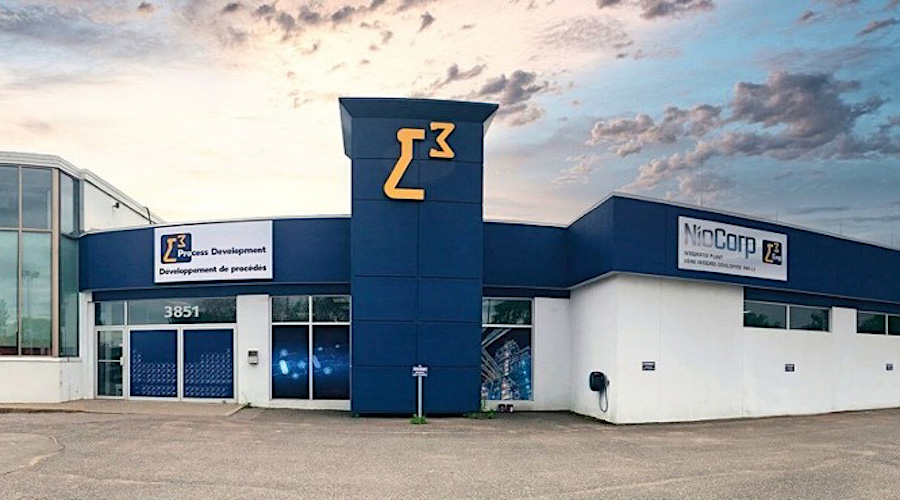
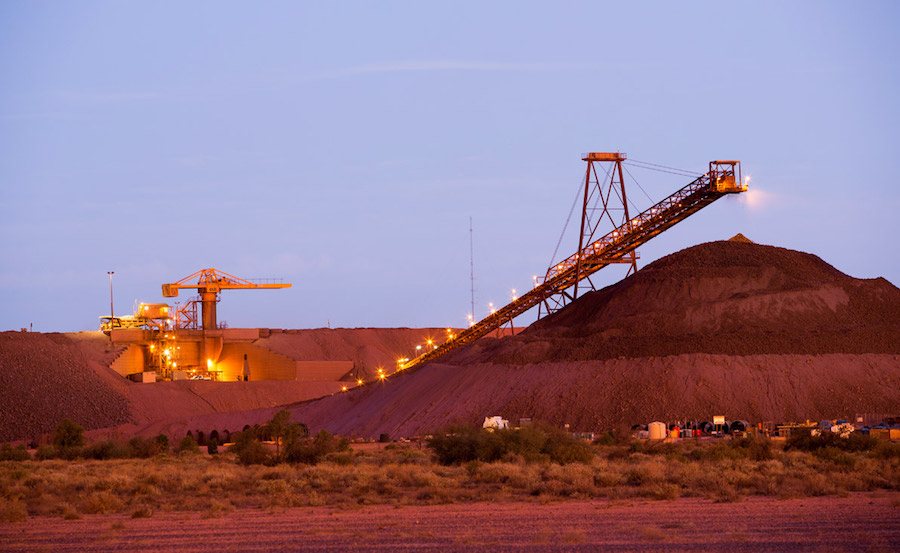
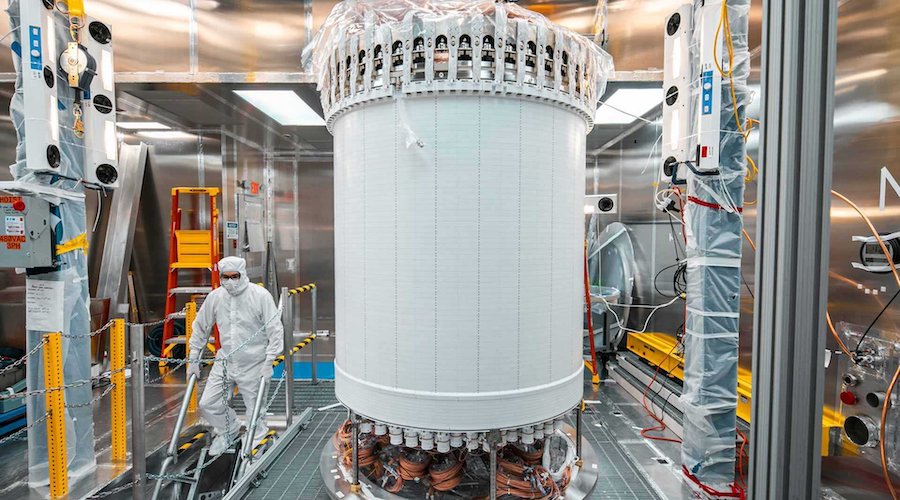
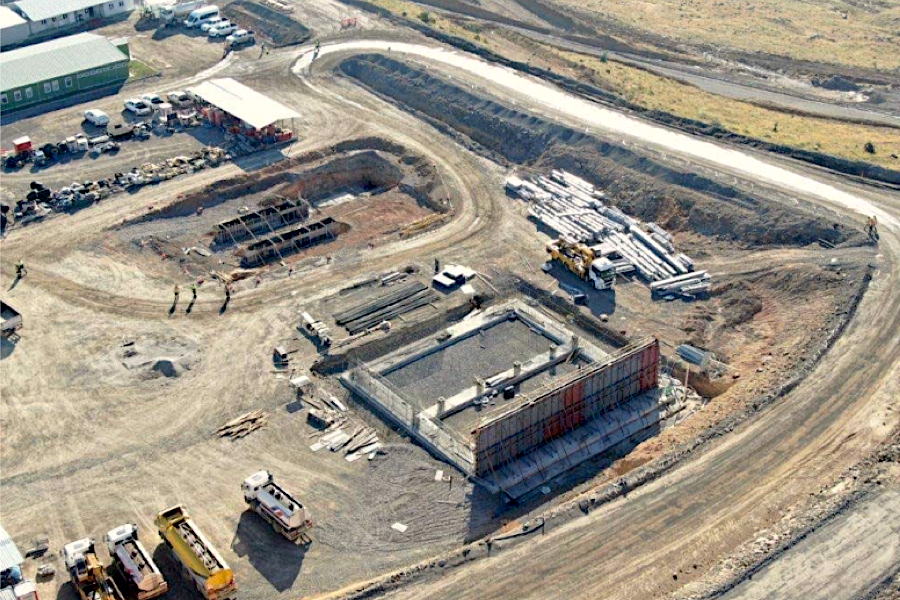
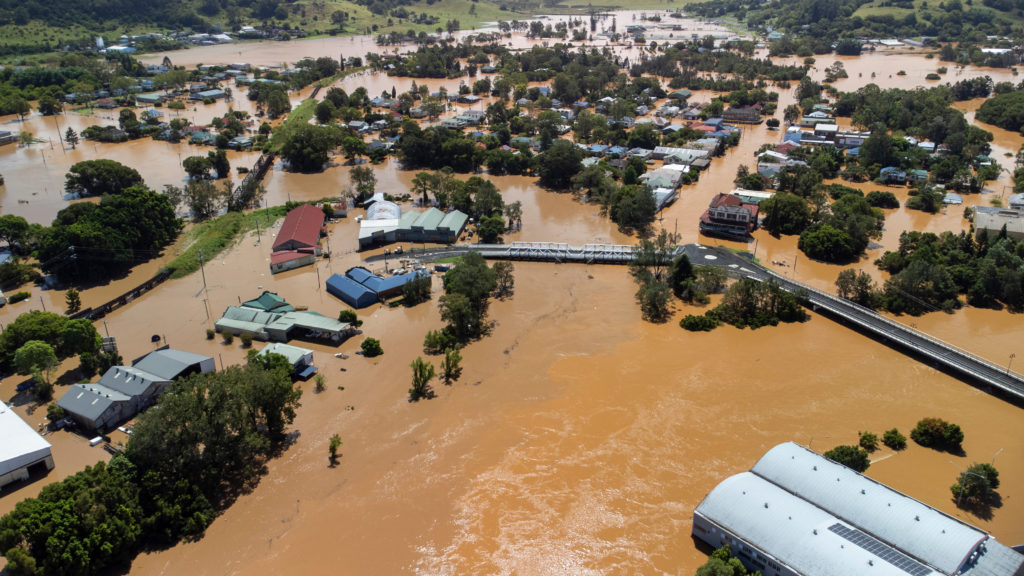


.png)
